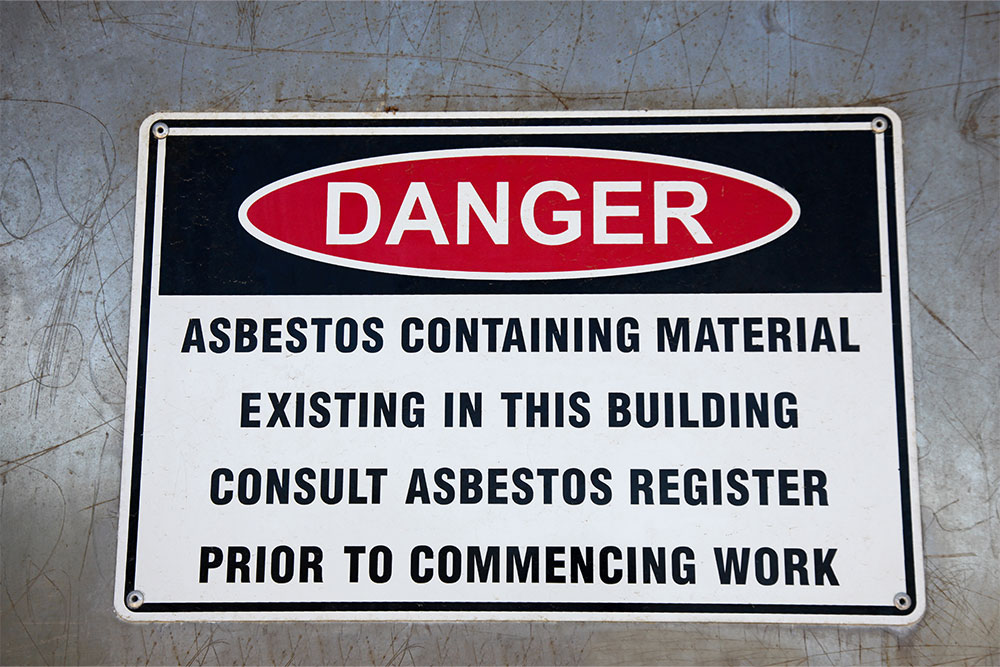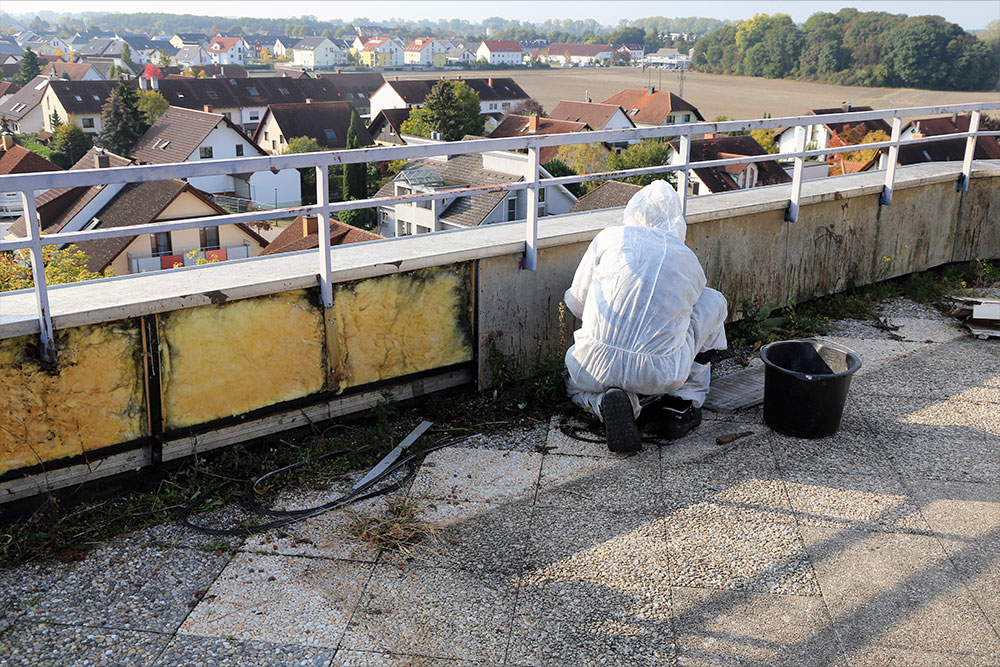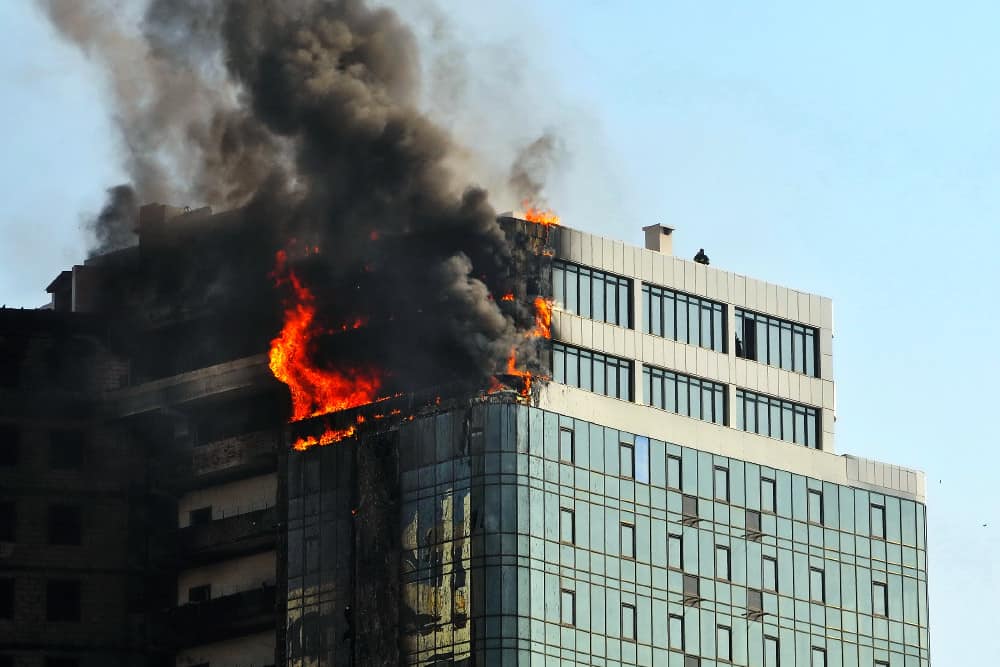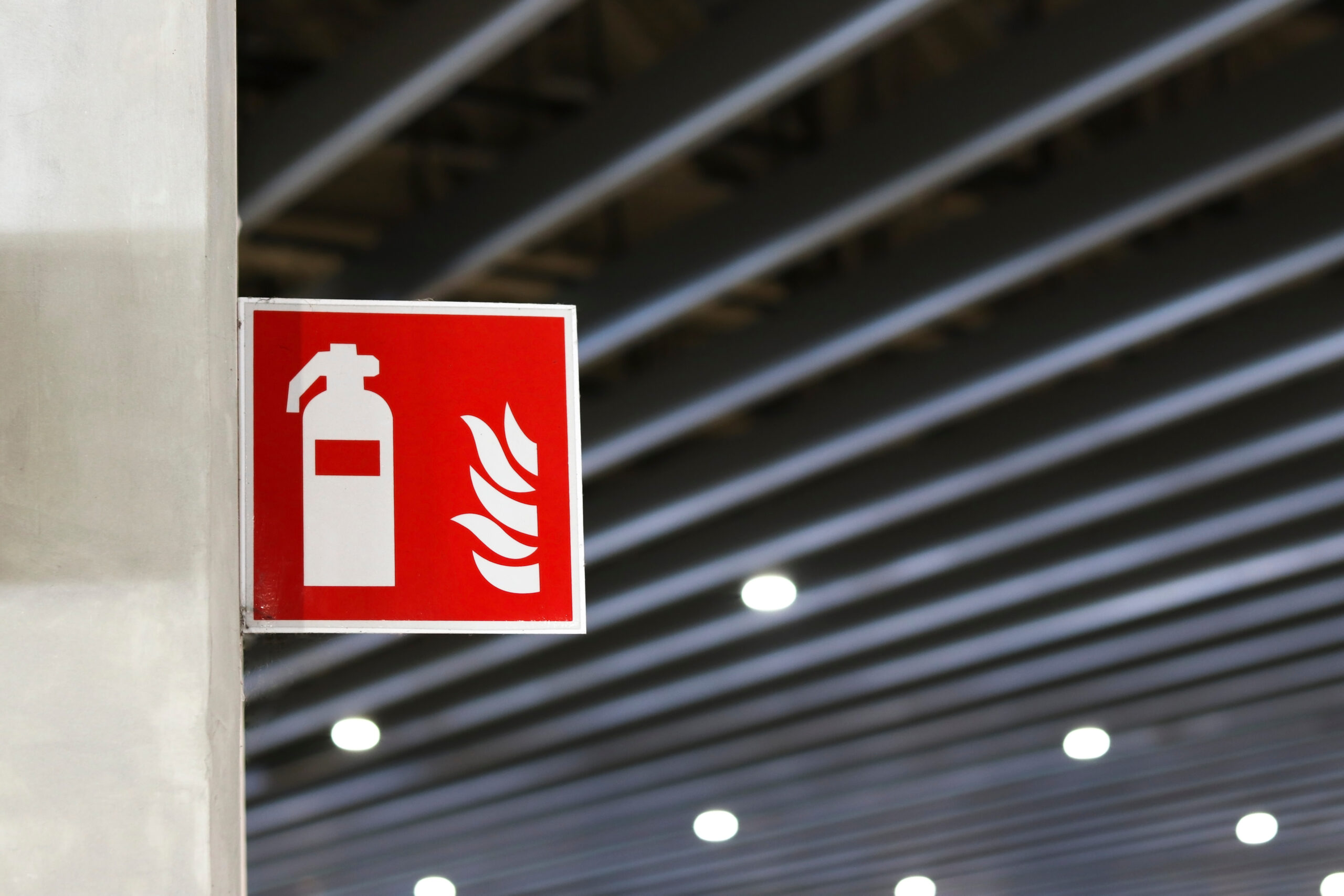
Asbestos is dangerous, even fatal. But it’s a quiet danger – grey, painless and invisible to the untrained eye, with years between exposure and effects revealing themselves. A threat this mundane needs careful, consistent management.
This responsibility lies with duty holders – those responsible for maintaining non-domestic properties. And with asbestos in an estimated 1.5 million buildings across the UK, many people have a duty to manage asbestos.
If you’re a duty holder, official advice has changed. The Health and Safety Executive (HSE) has updated its asbestos information, including guidance on the duty to manage. So now’s a good time to check your compliance and do everything necessary to protect your building’s occupants from asbestos exposure.
Where is the Duty to Manage Asbestos Relevant?
There’s a legal duty to manage asbestos in all non-domestic premises, which includes industrial and commercial buildings. This definition covers all workplaces, hotels, guest houses or similar rented accommodation.
The duty also extends to the common spaces of shared residential buildings – areas like entrance halls, staircases or storage areas used by more than one person.
Public buildings like schools, hospitals and libraries also need someone to manage potential asbestos.
In all these situations, there will be a duty holder – the individual with the legal responsibility to manage asbestos within their building. In straightforward cases, it’s the building owner. But it’s not always this easy.
Who’s the Duty Holder?
Typically, the duty holder is the building owner. However, an owner can pass the asbestos duty to manage a property on to a landlord, managing agent or tenant through a contract or tenancy agreement.
Where ownership is shared, or it’s a public building, whoever is responsible for the property’s maintenance is the duty holder. For workplaces, the employer usually has the duty to manage asbestos.
But don’t get daily maintenance duties confused with routine upkeep. While caretakers or site managers have a prominent role, the primary responsibility of building maintenance should lie with someone above their level. This senior figure will be the duty holder and legally responsible for asbestos management.
Asbestos Awareness Course
Our Asbestos Awareness course provides a thorough understanding of asbestos, its likely locations and associated dangers. It supports compliance with asbestos legislation and teaches participants how to stay safe around asbestos and what to do if they’re accidentally exposed.
What is the Duty to Manage Asbestos?
Fundamentally, managing asbestos is protecting people in your building from exposure.
The responsibility comes straight from Regulation 4 of the Control of Asbestos Regulations 2012 (CAR), which requires duty holders to:
- Identify if asbestos is present in the building
- Assess the risks
- Manage the risk of exposure
- Communicate the risks to others
These are the overarching duties and there are several steps to fulfilling each one.
You can find detailed advice from the HSE in their CAR Approved Code of Practice (ACOP). The ACOP is not legislation; it’s practical advice to help you fulfil your duty to manage asbestos.
The current ACOP combines guidance on both management and work with asbestos – don’t get these two confused. Duty holders are not expected to work with asbestos as it’s exceptionally hazardous and requires specialist training.
Identify if Asbestos is Present
The first step is surveying your building to verify if asbestos is present and check its condition.
You are not necessarily expected to do this yourself. Regulations dictate that only someone competent can conduct a successful (and safe) asbestos survey. A competent person has the proper knowledge, training and experience to do the job correctly.
You might be competent if you have this mix of qualities. But it’s better to delegate if you have any doubts. If you tackle the survey yourself and miss something or trust the wrong person, you’re putting yourself and others at risk. You’ll also be in breach of CAR, leaving you vulnerable to legal action.
The HSE recommends UKAS-accredited surveyors since verification from the United Kingdom Accreditation Service is strong evidence of competence.
Locations of known (or presumed) ACMs must be recorded, as well as their condition. This information should be collected in a document known as the asbestos register. Your register can be paper or electronic, whichever suits you and is easiest to amend. Updating your register to reflect your knowledge of asbestos risks within your building is essential.
Assess the Risks
Asbestos is most hazardous when it’s deteriorated or disturbed, so your survey checks the state of any ACMs found.
The information your survey reveals and your knowledge of the building and occupants should form the basis of an asbestos risk assessment. You must consider the following:
- Location and condition of ACMs
- Proximity of ACMs to people
- Number of occupants
- Ease of access to areas with ACMs
- Likelihood of refurbishment, maintenance or similar activities taking place where ACMs are present
Manage the Risks
With your risk assessment, you can create an Asbestos Management Plan detailing how to protect occupants from asbestos exposure. Or, you can download our editable Asbestos Management Plan Template.
If ACMs are in good condition and unlikely to be disturbed (i.e. low risk), it’s probably best to leave them alone. However, you must schedule a regular inspection to check that the asbestos is still in good condition.
This course of action should be communicated to occupants or contractors who may come into contact with the asbestos so they can follow arrangements.
If ACMs are damaged in some way (or vulnerable to damage), you must arrange for repair, protection or removal of the hazardous materials. This process can only be done by trained individuals and is not a part of your duties.

The HSE has more comprehensive guidance for this formidable aspect of asbestos management.
Communicate the Risks
Your asbestos management plan is critical. Along with your register, it should contain everything your occupants need to know to avoid asbestos exposure on your premises. But it’s no good if you don’t use it.
You must share your management plan with the following:
- Site Manager
- Employees
- Contractors
- Maintenance workers
- Anyone working in the building
It’s crucial to provide anyone working on the fabric of the building with this information as early as possible, even when seeking quotes.
Knowing the location and condition of asbestos lets them plan appropriate control measures.
Other occupants less likely to disturb ACMs don’t need the same level of detail but should still know:
- Where asbestos is
- Not to disturb it
- What to do if ACMs are accidentally damaged
For workplaces where ACMs are present, asbestos awareness training helps prevent accidental exposure. Awareness-level training lets people put your management plan into context. It covers identifying asbestos, why you must avoid disturbing it and what to do if exposed. This level of training is mandatory for any workers at risk of disturbing asbestos.
Appointed Persons and Training
As a duty holder, you will always be accountable for asbestos management in your building. But you can delegate specific duties to appointed persons (just like asbestos surveys). Any appointed person needs to be competent (again, just like with asbestos surveys), so they’ll need the proper knowledge, experience and training to do their job successfully.
If you’re a duty holder in a smaller company, you could maybe do everything yourself (provided you had the right level of training).
If you’re a duty holder for a larger workplace or building, you must rely on appointed persons to fulfil every regulation. And they’ll need training.
Awareness-level courses let people work safely around asbestos by training them to spot and avoid it.
This knowledge isn’t enough to prepare anyone to take on asbestos management. For this depth of responsibility, you’ll need specific, in-depth training.
Our online Duty to Manage Asbestos course explains everything you must do as a duty holder or appointed person. It covers relevant asbestos facts and asbestos duty to manage building regulations. Across five modules, you’ll learn about the applicable legislation and how to fulfil your responsibilities, including surveys, risk assessments and management plans.






















